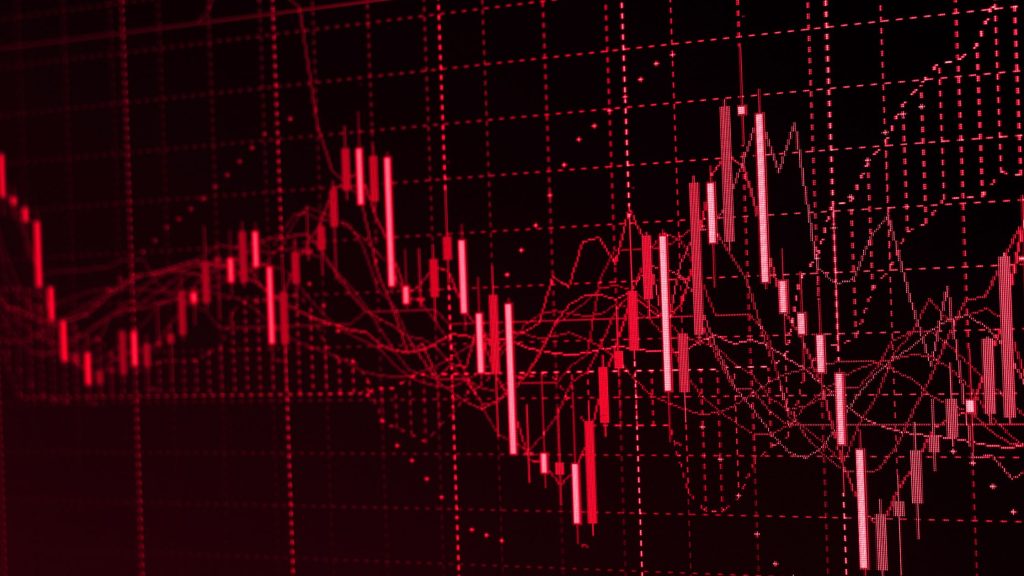Support and resistance in forex trading refer to levels where the price of a currency pair has a tendency to stop or reverse. Support refers to a level where the price tends to find buying interest and is less likely to fall below. Resistance refers to a level where the price tends to find selling interest and is less likely to go above. These levels are typically based on historical price action and are used by traders to determine where to enter and exit trades.
Support and resistance levels are often identified using technical analysis techniques such as trend lines, moving averages, and prior price highs and lows. Traders will often watch for the price to reach a support or resistance level and then look for price action signals such as breakouts or bounces to confirm a trade.
When the price of a currency pair reaches a resistance level, traders will often look for the price to reverse and fall back, this is known as a resistance level in forex trading. Conversely, when the price reaches a support level, traders will often look for the price to rebound and rise, this is known as a support level in forex trading.
It’s worth noting that support and resistance levels are not always exact and are subject to change based on market conditions. Additionally, it’s also worth noting that it’s not always a guarantee that the price will react exactly at the support or resistance level, but it is a zone where the price is more likely to change direction.
How do we know if support and resistance were broken?
There are several ways to identify support and resistance levels in forex price charts:
- Trendlines: One of the most popular ways to identify support and resistance levels is by drawing trendlines. This is done by connecting two or more price points and then extending the line into the future. When the price reaches the trendline, it is likely to encounter resistance or support, depending on the direction of the trend.
- Moving averages: Another way to identify support and resistance levels is by using moving averages. When the price is above the moving average, it is likely to encounter resistance at that level. Conversely, when the price is below the moving average, it is likely to encounter support at that level.
- Prior price highs and lows: Another way to identify support and resistance levels is by looking at prior price highs and lows. When the price reaches a prior high, it is likely to encounter resistance at that level. Conversely, when the price reaches a prior low, it is likely to encounter support at that level.
- Fibonacci retracement: This tool is also commonly used to identify support and resistance levels, it’s based on the Fibonacci sequence and is used to identify key levels of support and resistance.
- Pivot points: Pivot points are another way to identify support and resistance levels in forex. Pivot points are calculated using the previous day’s high, low, and close prices, and they provide a good indication of where the price may find support or resistance.

How to tell if support of resistance levels have been broken in forex?
There are several ways to tell if support or resistance levels have been broken:
- Price action: One of the most common ways to tell if support or resistance levels have been broken is by looking at the price action. A breakout occurs when the price closes above resistance or below support. A strong breakout will often be accompanied by an increase in volume.
- Candlestick patterns: Candlestick patterns such as the hammer and the shooting star can signal that support or resistance levels have been broken. A hammer pattern occurs when the price closes near its high after a period of decline, signaling that support has been found. Conversely, a shooting star pattern occurs when the price closes near its low after a period of advance, signaling that resistance has been found.
- Trendlines: When the price breaks through a trendline, it can signal that support or resistance levels have been broken. A break above a downtrend line can signal that resistance has been broken and potentially signal a trend reversal, while a break below an uptrend line can signal that support has been broken.
- Moving averages: When the price moves above or below a moving average, it can signal that support or resistance levels have been broken. A move above a moving average can signal that resistance has been broken, while a move below a moving average.

Examples of Support and Resistance Strategies in Forex Trading
There are several support and resistance trading strategies in forex that traders can use, including:
- Breakout trading strategy: This strategy involves identifying key levels of support or resistance and then placing trades in the direction of the breakout. Traders will often set stop-loss orders just beyond the key level to limit potential losses.
- Bounce strategy: This strategy involves identifying key levels of support or resistance and then placing trades in the opposite direction of the bounce. Traders will often set take-profit orders just beyond the key level to limit potential profits.
- Trendline strategy: This strategy involves drawing trendlines to identify key levels of support or resistance and then placing trades in the direction of the trend. Traders will often set stop-loss orders just beyond the key level to limit potential losses.
- Moving average strategy: This strategy involves using moving averages to identify key levels of support or resistance and then placing trades in the direction of the moving average. Traders will often set stop-loss orders just beyond the key level to limit potential losses.
- Fibonacci retracement strategy: This strategy involves using Fibonacci retracement levels to identify key levels of support or resistance, and then placing trades in the direction of the retracement. Traders will often set stop-loss orders just beyond the key level to limit potential losses.
- Pivot point strategy: This strategy involves using pivot points to identify key levels of support or resistance, and then placing trades in the direction of the pivot point. Traders will often set stop-loss orders just beyond the key level to limit potential losses.
It’s worth noting that these are just a few examples of support and resistance strategies and different traders may have their own variations or prefer a different approach.
How can support become resistance (and vice-versa)?
Support can become resistance and resistance can become support in forex when the price of a currency pair breaks through a key level and then subsequently retraces or “reverses” back to that level. When this happens, the key level that was previously a support level (a level where the price found buying interest and was less likely to fall below) now becomes a resistance level (a level where the price found selling interest and is less likely to go above).
On the other hand, when the price breaks through a key level and subsequently falls, the previously resistance level now becomes a support level.
This phenomenon is known as “role reversal” and it is an important concept in technical analysis, as it can provide traders with an additional level of analysis when determining key levels of support and resistance.
There are several reasons why support and resistance can change, including:
- A change in market sentiment
- A change in economic conditions
- News announcements
- Technical indicators
- Breakout of trendlines
- Change in supply and demand
It’s worth noting that the role reversal may not happen immediately and that traders should keep an eye on the price behavior to confirm the change of role.




